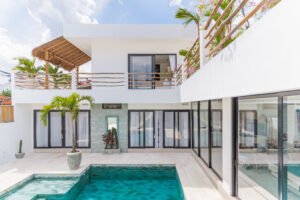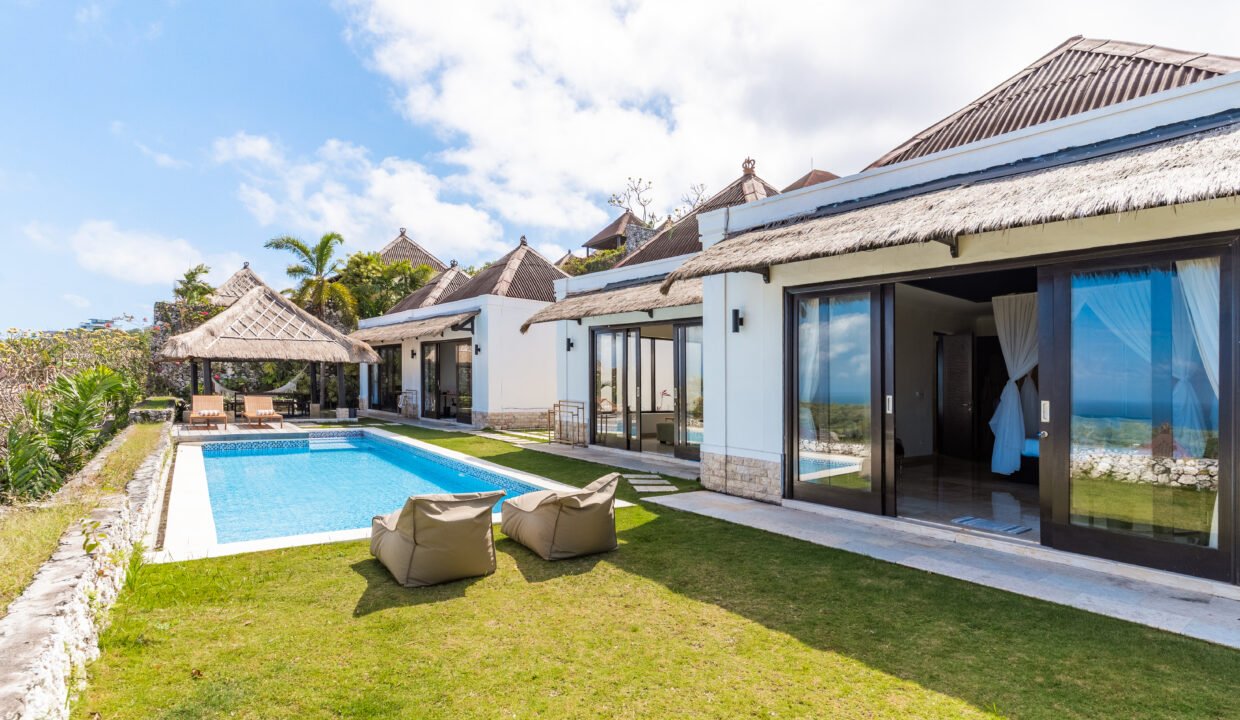Investing in property in Bali requires more than just picking a beautiful location; it necessitates a deep understanding of the island’s land zoning regulations, known locally as Tata Ruang. These regulations, established by the regional government within the framework of Indonesia’s national spatial planning law, dictate exactly how a plot of land can be used—whether for a private villa, commercial hotel, or agriculture.
For any serious investor looking to protect their asset and ensure legal compliance, decoding the colors of Bali’s zoning map is the most crucial step of due diligence.
The Legal Foundation: RTRW and PBG
Before diving into the colors, it’s essential to understand the governing legal instruments:
- RTRW (Rencana Tata Ruang Wilayah): This is the Regional Spatial Planning law. It is the high-level master plan that determines the long-term usage of all land within a regency or province. The zoning colors (Yellow, Green, Pink, etc.) are defined by the RTRW. Any investment must strictly align with the land’s designated RTRW status.
- PBG (Persetujuan Bangunan Gedung): Replacing the former Izin Mendirikan Bangunan (IMB), the PBG is the mandatory Building Approval permit. It certifies that your building plan adheres to all technical standards and, crucially, that the proposed structure and its commercial use are fully compliant with the land’s RTRW zoning. Without a valid PBG, your property cannot legally operate as a commercial rental.
Bali’s Key Land Zones Decoded for Investment

Bali categorizes its land into six primary zones, each identified by a color and carrying specific implications for development and use. For investors, the most critical zones are the Yellow, Pink, and Green:
1. Yellow Zone (Zona Kuning): The Residential Core
| Characteristic | Implication for Investors |
| Primary Use | Residential housing, villas, and planned urban expansion. |
| Development | Permits for private residences are straightforward. Can also be designated for limited, small-scale commercial activities, but regulations vary by area. |
| Investment Potential | Excellent for building your dream home or a residential villa. Often allows conversion of land used for agriculture (Zona Kuning with farming activities) into development land. Crucial for obtaining a PBG for long-term residential rental use. |
| Key Point | This is the safest zone for building private homes and, often, is the foundation for legally operating short-term rentals, provided local regulations allow it and the correct permits are secured. |
2. Pink Zone (Zona Pariwisata): Tourism Goldmine
| Characteristic | Implication for Investors |
| Primary Use | Areas specifically designated for high-density tourism activities. |
| Development | Ideal for large-scale hotels, resorts, guesthouses, and commercial villas. Strategically located near beaches, cultural hubs, and entertainment centers. |
| Investment Potential | Prime real estate for investors focused purely on the tourism industry and commercial returns. This zone is typically where you build a property specifically designed for commercial short-term rental use. |
| Key Point | While promising high returns, this zone carries stricter, often higher, fees and regulations specific to commercial tourism infrastructure. |
3. Orange Zone (Zona Komersial dan Permukiman): Mixed-Use Flexibility
| Characteristic | Implication for Investors |
| Primary Use | A flexible mix of residential and commercial purposes. |
| Development | Allows for combined vertical integration (shops on the ground floor, apartments above) or horizontal integration (residential interspersed with shops/cafes). |
| Investment Potential | Excellent balance for investors seeking dual-purpose land: building a personal residence that can also legally operate as a holiday rental. This zone accommodates both local residents and tourists. |
| Key Point | Offers a vibrant environment but requires careful due diligence regarding noise regulations and specific permitted commercial activities to maintain residential quality of life. |
4. Green Zone (Zona Hijau): The Agricultural Area
| Characteristic | Implication for Investors |
| Primary Use | Agricultural land, rice paddies (Subak systems), and environmental conservation. |
| Development | Construction is strictly prohibited. Regulations are tight to preserve food security and cultural landscapes like the UNESCO-recognized Subak system. |
| Investment Risk | Extremely high risk. While purchasing existing land may be cheap, building on it without a zoning conversion is illegal and can result in demolition, legal action, and massive fines. |
| Key Point | Suite Stay strongly advises against investing in Green Zone land with the intent to build a villa. The only permitted structures usually support direct agricultural or conservation activities (e.g., small storage sheds or eco-tourism boardwalks with minimal impact). |
Other Zones to Be Aware Of
- Red Zone (Zona Perdagangan): Designated purely for commercial land, supporting central business districts, large retail shops, offices, and major infrastructure. Less common for villa investment but critical for setting up major operational offices.
- Conservation Zone (Zona Konservasi): Areas designated to protect unique ecosystems, biodiversity, and cultural heritage (e.g., national parks, sacred forests, marine sanctuaries). Development is severely restricted to maintain ecological balance.
Essential Due Diligence for Every Bali Land Purchase
Before finalizing any land deal, particularly for long-term rental income, you must:
- Verify Zoning Status: Do not rely on the seller’s or agent’s word alone. The most reliable way to check the current and planned zoning status (RTRW) of any plot in Indonesia is by consulting the Gistaru interactive map, a resource provided by the Ministry of Agrarian Affairs.
- Confirm the Certificate: Ensure the land certificate (e.g., Sertifikat Hak Milik or Hak Guna Bangunan for PT PMA holders) matches the legal description of the property.
- Consult Local Experts: Engage a reputable Indonesian notary (Notaris) and a property lawyer to conduct a full legal check. They can confirm the zoning, check for encumbrances, and advise on the feasibility of obtaining a commercial PBG for your specific project.
By correctly identifying the land zone—especially securing a Yellow, Pink, or Orange designation—you lay the fully legal and compliant foundation necessary to maximize your investment and ensure it remains a high-performing, worry-free source of passive income in Bali’s luxury market.
